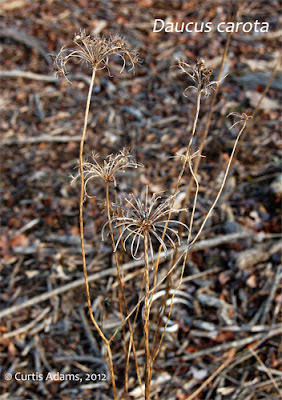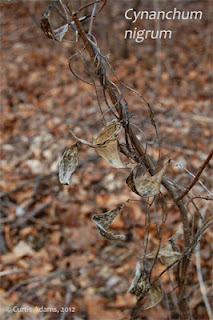By Edith Roberts and Elsa Rehmann
I had some free time last month to do a little reading so I grabbed my copy of American Plants for American
Gardens. I've made great use of the plant lists from this book, but I had not taken the time to read the text that goes along with each list. This is a rather short book that is
packed with information on plant communities commonly found in the Northeastern U.S.
In addition it describes, in compelling prose, what these plant
communities look like throughout the year (not just when the plants are in full
bloom) and how to use them in a natural way around a home.
It was originally written as a series of articles on Plant
Ecology that appeared in House Beautiful in 1927-28. The authors are Dr. Edith Roberts, a
professor of Botany, and Elsa Rehmann, a landscape architect. The 1992 edition includes a forward by Darrel
Morrison that provides an excellent background for this work, as well as the need
for planting in community, in general.
Also in the Appendix of this edition is listing of updated plant names
that have changed since the original publication.
These articles were written between 1927-29, before the
market crash in ’29 and the Great Depression.
They were targeted toward planning a country estate; but are also
applicable to smaller properties or to open space planning. The authors were
strongly influenced by the ‘Prairie
School
I originally bought this book for the rich plant lists based
on habitat types which helped me to design groupings of plants that naturally
grow together. These lists are skewed
toward the natural communities of southern New England and the Mid-Atlantic Coast
The community descriptions are not as detailed or finely
divided as found in some of the more region-specific resources, like Wetlands,Woodlands, Wildland: A Guide to the Natural Communities of Vermont or Plant Communities of New Jersey. While Wetlands, Woodlands contains
descriptions of 80 natural communities in the state of Vermont
Beyond what is in other books about plant communities,
Rehmann, contributes additional information on architecture and site planning,
such as routing of driveways and styles of houses that are appropriate to each of
the habitat types.
While this is not a reference text for the ecologist, it is
an excellent book for the designer trying to introduce (or reintroduce) a more
naturalistic landscape to the residential setting using native plant
species.




.jpg)






.jpg)




.jpg)
















.jpg)






